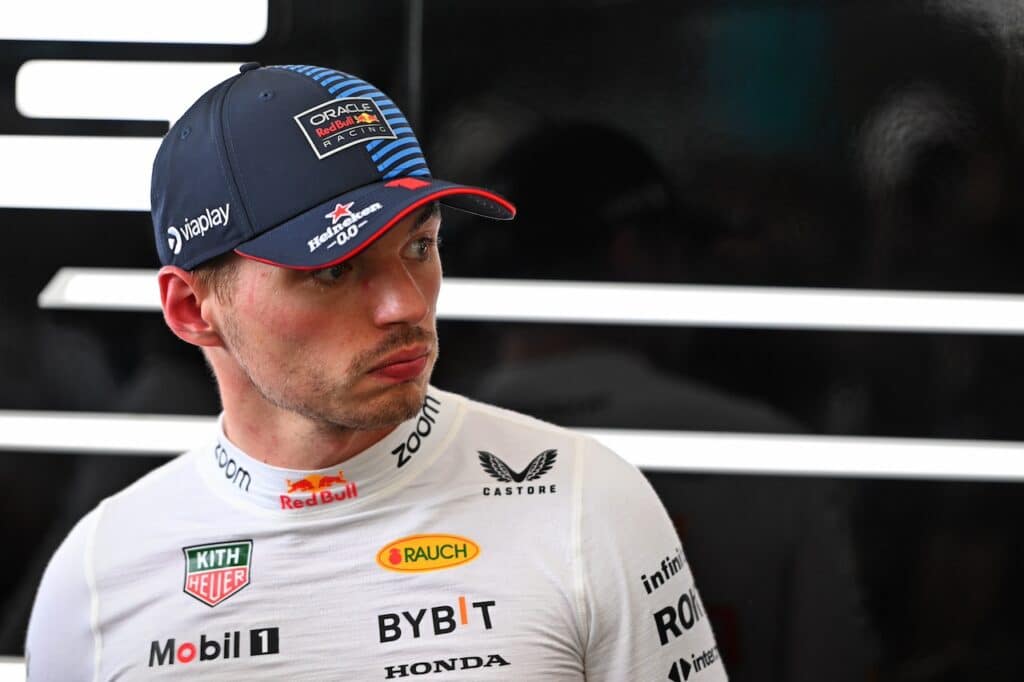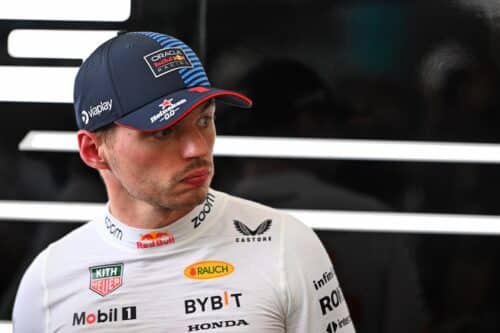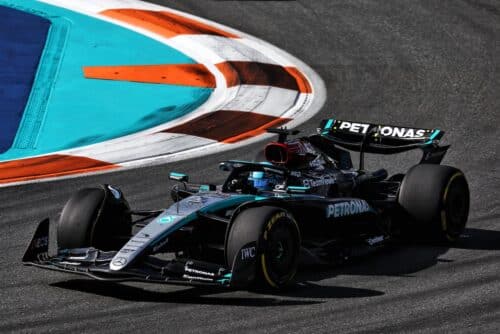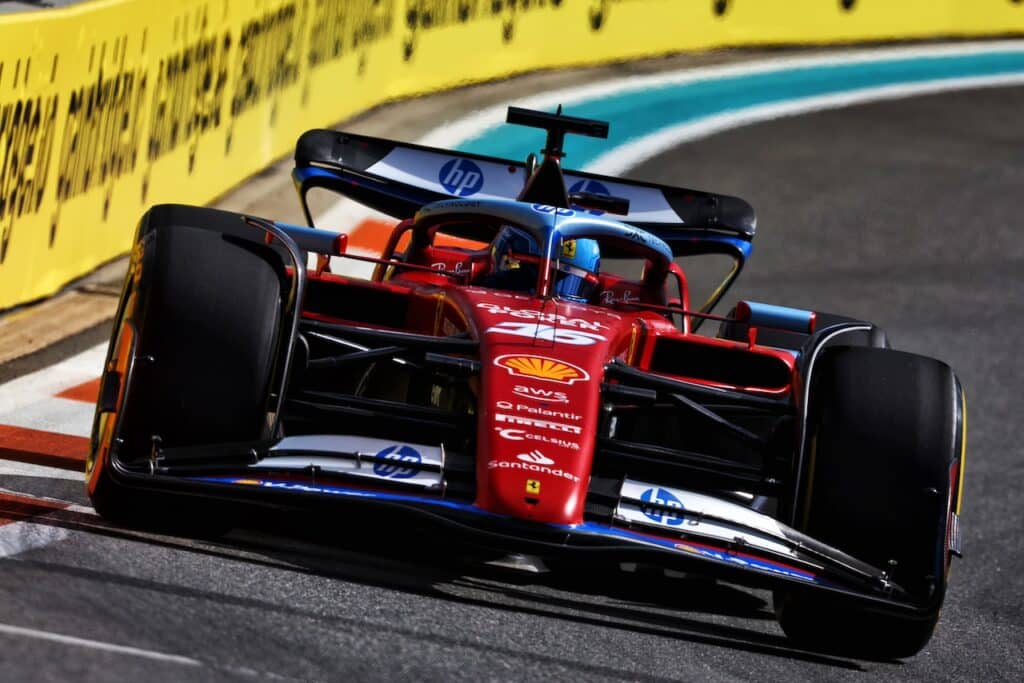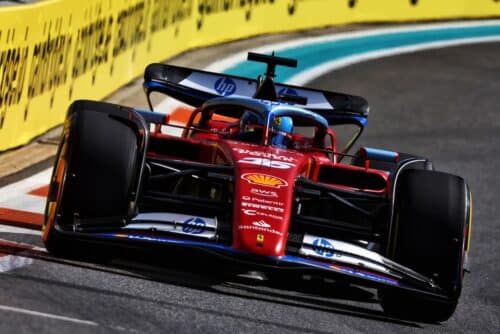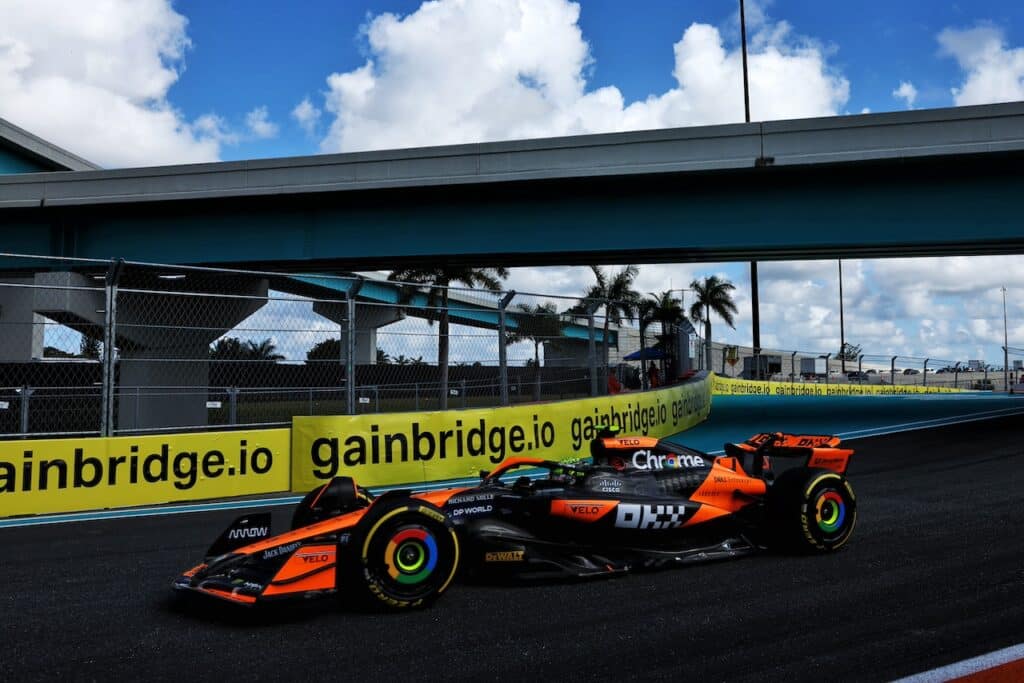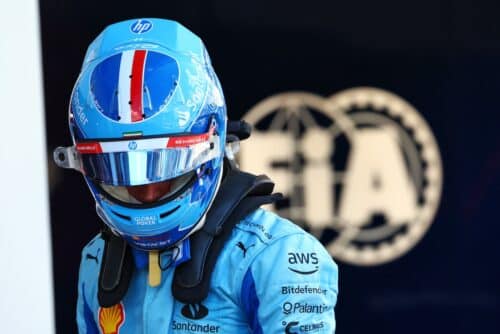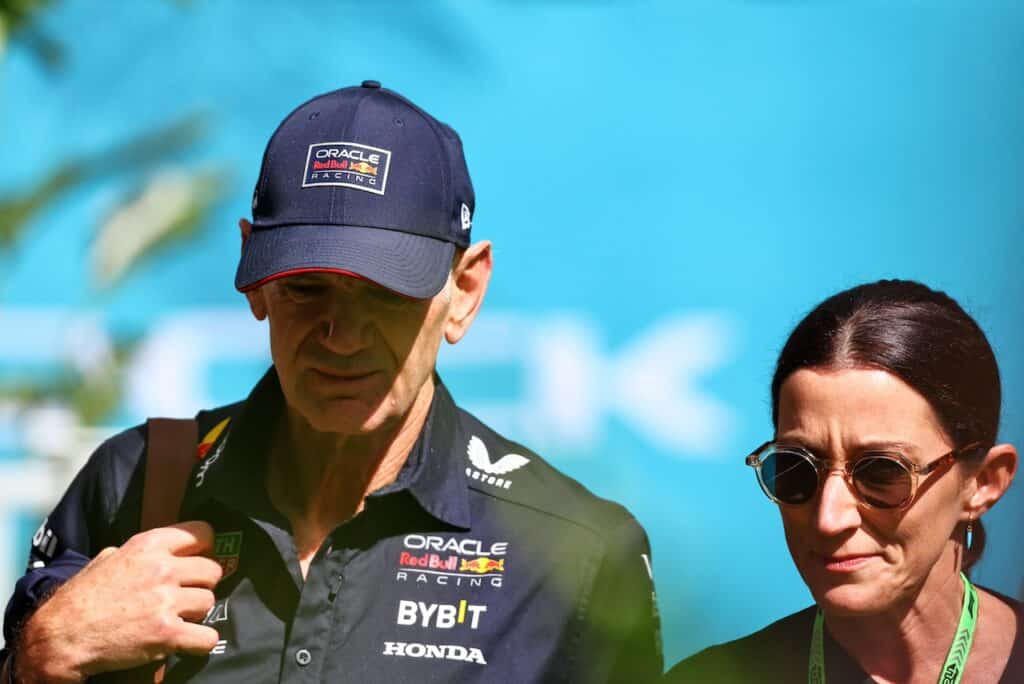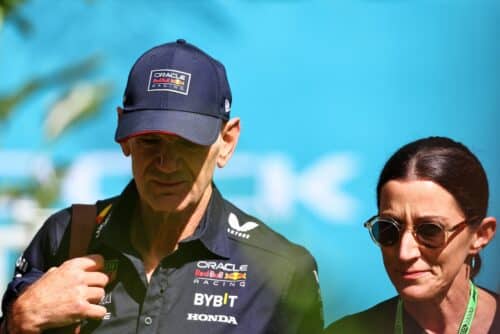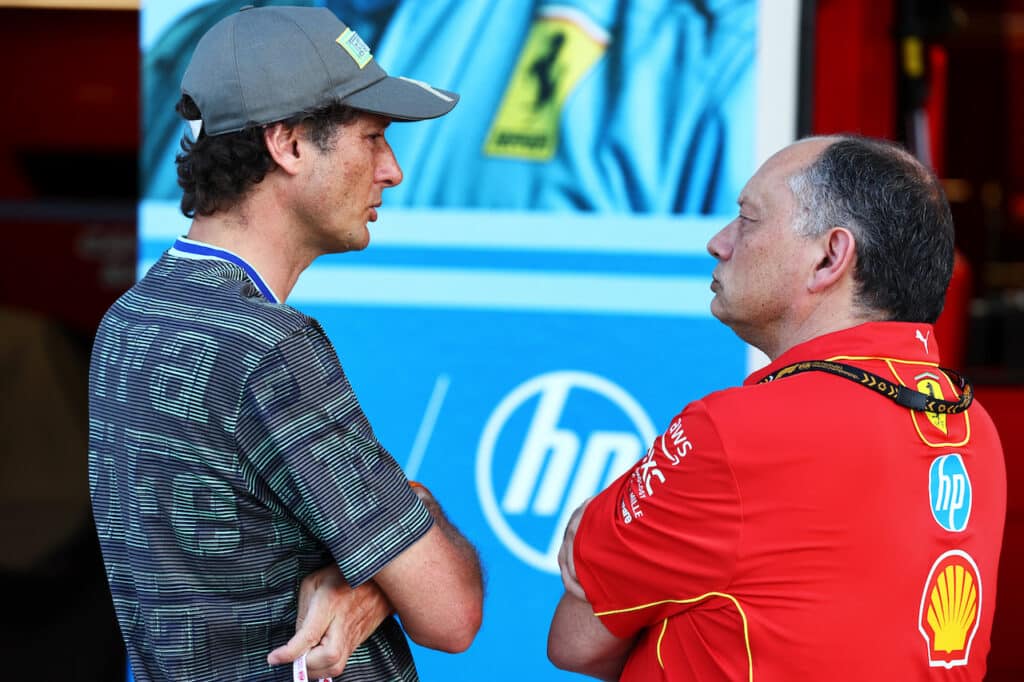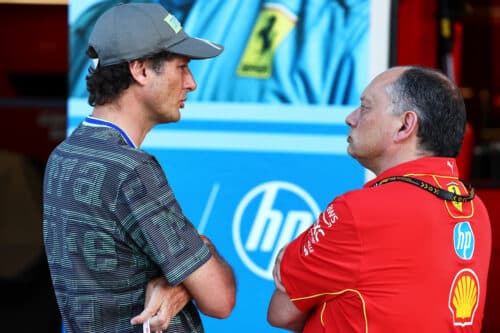Pirelli: The European Grand Prix from a tire point of view
"Valencia is an atypical circuit, as it is a mix between a normal track and a regular road"

With its high temperatures and the highest number of corners of any other track on the calendar, 25, the European Grand Prix, in Valencia, presents itself as the ideal terrain for the P Zero White medium and P Zero Yellow soft tires .
On the third consecutive road circuit of the year, where overtaking is notoriously difficult, this combination highlights both performance and tire life. Just like in Monaco, qualifying will be crucial: the speed of the soft tire will be crucial to climbing positions on the grid, while the consistency and durability of the medium tire will represent a fundamental element for the strategy.
Many of the corners are fast and flow into each other; the reduced maneuvering space and the relative closeness of the single-seaters, in terms of speed, contribute to making overtaking difficult.
The final sequence of corners is taken in rapid succession at 290km/h, followed by an area of heavy braking in the final corner where the cars go from 310 to 60km/h in less than 130 metres. Deceleration reaches a maximum peak of 5,2 g, with a high risk of wheel lockup, although the layout of the curve still makes overtaking difficult.
This will place an emphasis on strategy, as drivers will try to gain positions both through pit stops and on the track.
Last year, the frontrunners all adopted the same strategy: starting on the soft tires and stopping three times before completing the final stint on the medium tyres. With the cars so close together, the right tactics will be even more important in this race.
Like all street circuits, we will see an evolution of the track as it becomes more rubberized over the course of the weekend.
Pirelli Motorsport Director, Paul Hembery, commented:
“Valencia couldn't represent a greater contrast to previous street circuits: the track is very fast and the temperatures are high, with a lot of energy being released onto the tyres. What he has in common with the others, however, is the difficulty of overtaking, which makes qualifying even more important. So we expect a fairly linear race, with two or three stops depending on the tactics chosen by the teams - although last year one team opted for a one-stop strategy. Temperatures should be consistently high throughout the weekend, so we do not expect any significant changes from this point of view. For this race, we chose the combination of soft and medium tyres, which proved to be a perfect compromise between performance and durability, allowing drivers to exploit the speed they need, while also taking advantage of long race stints . ”
The man behind the wheel, Pastor Maldonado (Williams), commented:
“Valencia is an atypical circuit, as it is a mix between a normal track and a regular road that is used all year round, so it is always difficult to put all the elements together. The track itself tends to evolve a lot from one session to the next, which can hold many surprises. The long straights and series of slow corners make it difficult to find a good balance with the car. The ambient and track temperatures tend to be high, and if you add the length of the race to this, it becomes a demanding circuit for the tyres: here, in fact, good tire management is essential if you want to achieve a good result. It is also useful to conserve the tires before the race: having an extra set is an advantage.”
Pirelli test driver, Jaime Alguersuari, commented:
“Valencia is a circuit that I really like, but of course I'm biased because it's another home race for me! It is a very demanding track due to the variety of corners and the fact that it is difficult to overtake: there is not the slightest room for errors. It's what I would call a 'stop and start' track, i.e. intermittent, where traction and braking obviously place a lot of strain on the tyres: in this sense it's a bit like Canada. Combined traction is the most important element for making a fast lap, along with a good top speed. It's a track that tends to be driven with low downforce, and this is another factor that influences tire wear.”
Technical notes on tires:
• The brakes are put under a lot of stress in Valencia, in some places the speed goes from 300 to 60 km/h. This involves, in particular, the front tyres, which are subject to two different forces: they must slow down the car and, at the same time, guarantee good entry into the corner. However, it is traction rather than braking that represents the greatest longitudinal force on this circuit.
• One of the key factors in Valencia, with its 25 corners, is ensuring the cars have good corner entry, an element that must be considered already in the car set up phase. While a stiff suspension is ideal for this, at the same time a sufficiently soft suspension is necessary to ensure a good level of mechanical grip in slow corners. As usual, this is a delicate compromise.
• The asphalt on the Valencia track is not particularly abrasive: in fact, it is very slippery at the start of the weekend. However, the constant traction required also means that the rear tires work hard and teams will need to keep an eye on wear in this area.
if you want to always be updated on our news
Follow us here
